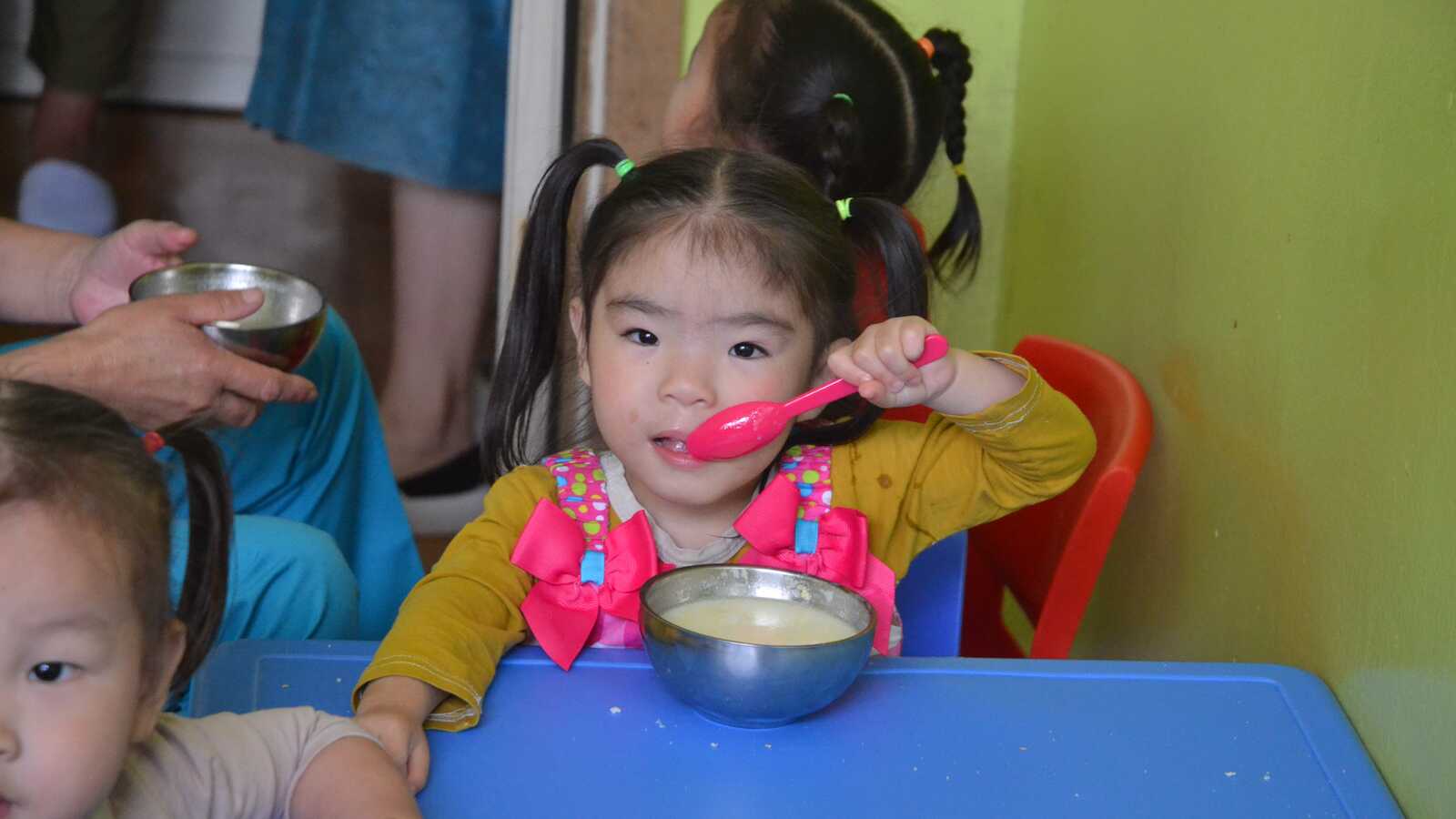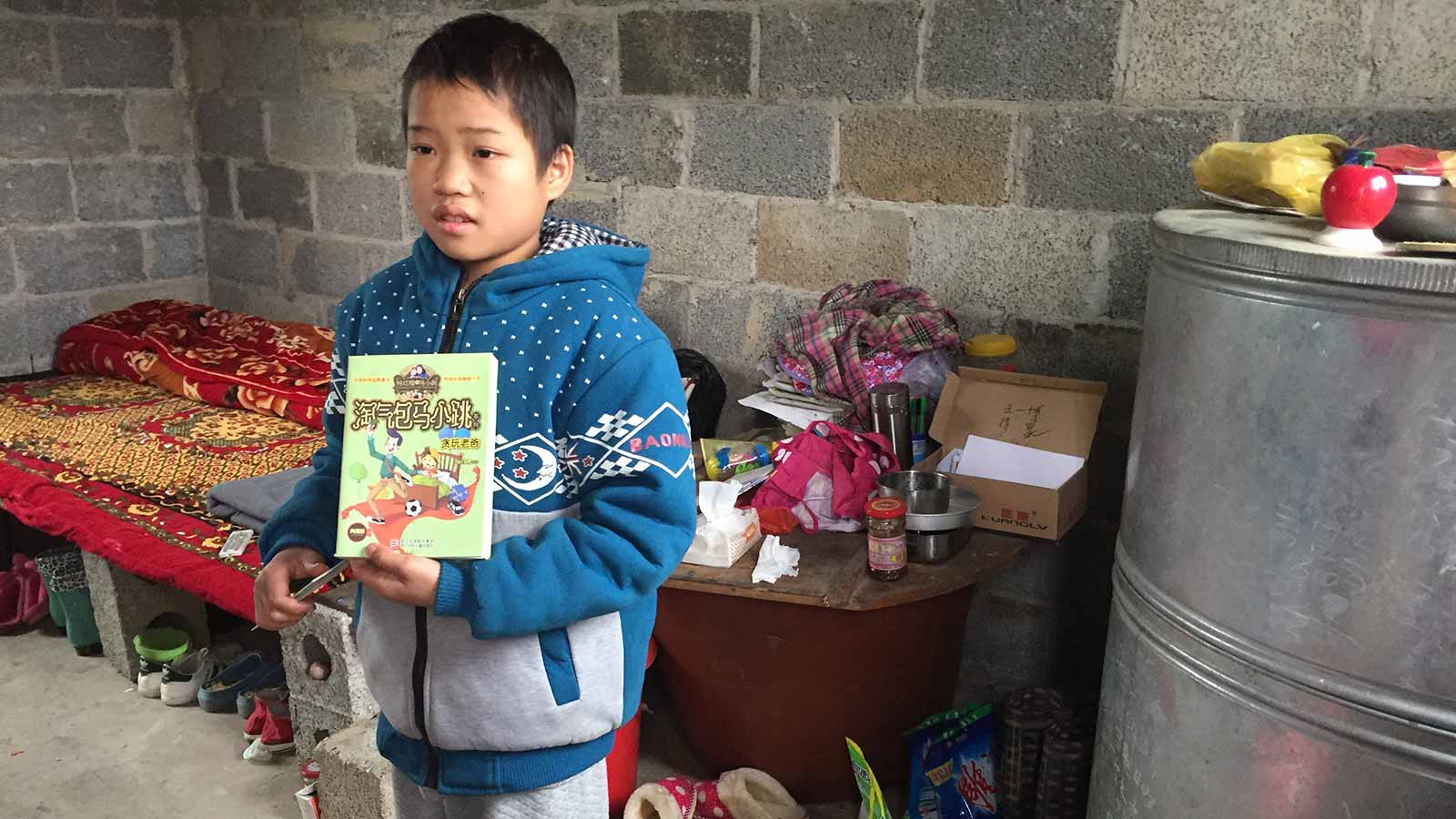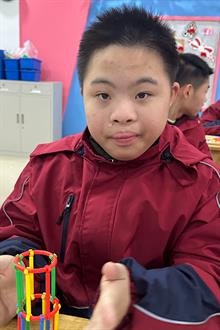What started as a pilot program in two locations in India has expanded to eight countries, serving more than 55,000 children.
Nearly 250 million children around the globe suffer from malnutrition. Today, malnutrition and hunger-related diseases are the biggest killer of children under age 5 in the developing world. Even if they survive, children who experience hunger or malnutrition are less likely to thrive or reach their potential in life. They are often sick, routinely miss school and experience long-term effects on their overall health and wellbeing. Children living in institutional care are among the most vulnerable to malnutrition.
“Most children who enter the program are under the age of 5. Since the early years are the most critical for a child’s nutrition and development, we try to reach and help children early in life.”
Emily DeLacey, Holt’s director of nutrition and health services
In 2014, Holt worked to establish an innovative nutrition and feeding program to help address these issues among the children we serve alongside our dedicated sponsors and donors. The Holt International Child Nutrition Program (CNP) is a multifaceted effort that seeks to strengthen nutrition and feeding practices for vulnerable children living in orphanages, foster homes and impoverished communities across the globe.
“Most children who enter the program are under the age of 5,” says Emily DeLacey, Holt’s director of nutrition and health services. “Since the early years are the most critical for a child’s nutrition and development, we try to reach and help children early in life.” As so many children living in institutional care have disabilities or medical needs, the CNP also takes a special focus on meeting the nutrition and feeding needs of these children. In many cases, the reason children with disabilities are malnourished is due to incorrect feeding practices — for example, feeding children with cerebral palsy while they are laying down, which can cause them to choke on their food. But through training with feeding specialists provided by Holt’s CNP, caregivers around the world have learned correct feeding and positioning practices, significantly reducing malnutrition and hunger-related illness among the children in their care. Currently, a quarter of the children in the program — including children living in orphanages and with their families – have a disability or medical need.
What the CNP Has Achieved
Over the past 10 years, the CNP has reached a number of significant milestones:
- The CNP was initially launched at two pilot sites in India, serving 267 children. Since then, the program has expanded to more than 110 sites in eight countries. Over the past decade, we have reached more than 55,000 children in China, Ethiopia, Haiti, India, Mongolia, the Philippines, Uganda and Vietnam.
- Over the past 10 years, this donor-funded program has provided approximately 287,780 nutritious meals to children. For example, students at a kindergarten for children with disabilities in Mongolia receive a healthy lunch every day. The program also has distributed more than 172,000 essential vitamins, minerals and supplements to children, including those in rural Vietnam who are at risk for malnutrition due to anemia.
- Since its inception, the CNP has conducted multiple-day, in-person training sessions with on-the-ground staff and caregivers at community centers, foster care homes, health centers, residential care sites and daycare facilities for children with disabilities. To date, more than 7,000 caregivers have been trained in life-changing nutrition and feeding practices! Once caregivers are trained, they become CNP champions who are then able to train others. “This allows the program to grow exponentially,” says Emily.
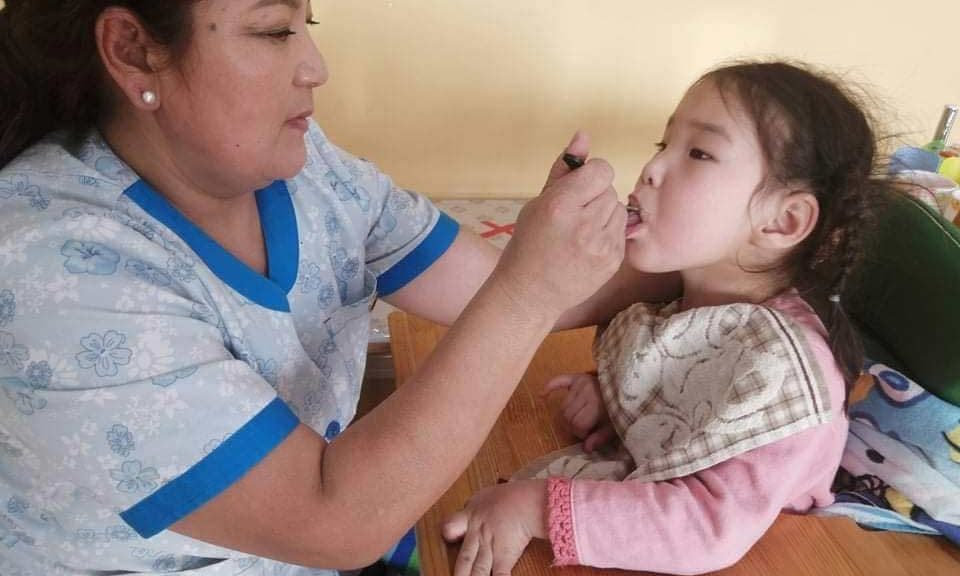
- In 2019, the CNP team created Holt International’s Feeding and Positioning Manual: Guidelines for Working With Babies and Children. Used widely by caregivers involved in Holt’s CNP, the manual has been translated into nine languages. It provides information on safe feeding practices as well as general information on infant and child development, critical milestones for caregivers to monitor, and helpful strategies that support and enrich the overall wellbeing of every child.
- Following the release of its feeding and positioning manual, the CNP team began to publish peer-reviewed research papers on the needs of vulnerable children around the world in an effort to share its findings. The first paper on the nutritional status of children living within institutionalized care was published in 2020. Since then the team has published 15 more papers in addition to 10 technical resource manuals, including the Child Nutrition Program Community Resource Manual.
- In 2021, the CNP team created the Child Nutrition Program Community Flipbook to further its community outreach efforts. Soon to be available in nine languages, the flipbook is designed to support education for families on proper nutrition and health practices. It offers questions and activities on topics such as general nutrition, health conditions, women and infants, nutrition by age, feeding support and mealtimes, and hygiene sanitation. Because of its emphasis on simple pictures and storylines, the flipbook is geared to participatory engagement of audiences with various literacy levels.
Recently, 357 flipbooks were distributed to social workers in Xinxiang, China, a city with nearly 3,000 vulnerable children. The social workers will visit children and their families at their homes to learn more about their needs, help them gain access to essential services and offer fundamental nutrition and health education through use of the flipbooks.
The CNP Has a Lasting Impact
As the CNP team looks to the future, it can reflect on its success over the past 10 years — as it plans to expand its programs. Here are some of its achievements:
- Malnutrition has been substantially reduced! Of the children who entered the CNP malnourished, 38% are no longer malnourished after one year of participation. This includes 42% of children with disabilities and 28% of those without disabilities. Before entering the program, malnourished children may have experienced stunting (they were too short for their age) or wasting (they were too thin for their height) among other issues.
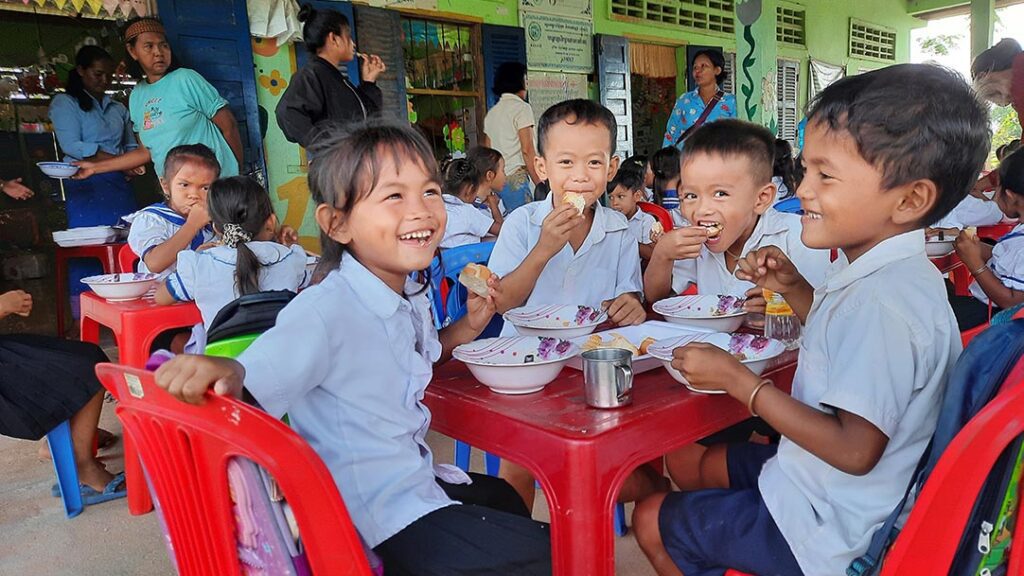
- With support from their trained caregivers, many children see their feeding difficulties resolve after one year in the program. About 33% of children with disabilities and 54% of children without disabilities no longer have feeding difficulties after participating in the CNP.
- At every evaluation, site directors have shared that since the implementation of the CNP, children are less sick less often, have more energy and seem happier. In short, their quality of life has improved! According to one caregiver in the Philippines, “We’ve seen many positive changes in children’s health and development since implementing the CNP at our site. Children’s nutritional intakes and feeding quality were much improved and so their health condition became better.”
“Programs like the child nutrition program have a lasting impact on the lives of children,” Emily adds. “By early intervention and prevention or treatment of malnutrition, we change the entire trajectory of a child’s life. When children are well-nourished, they can grow to their full potential!”
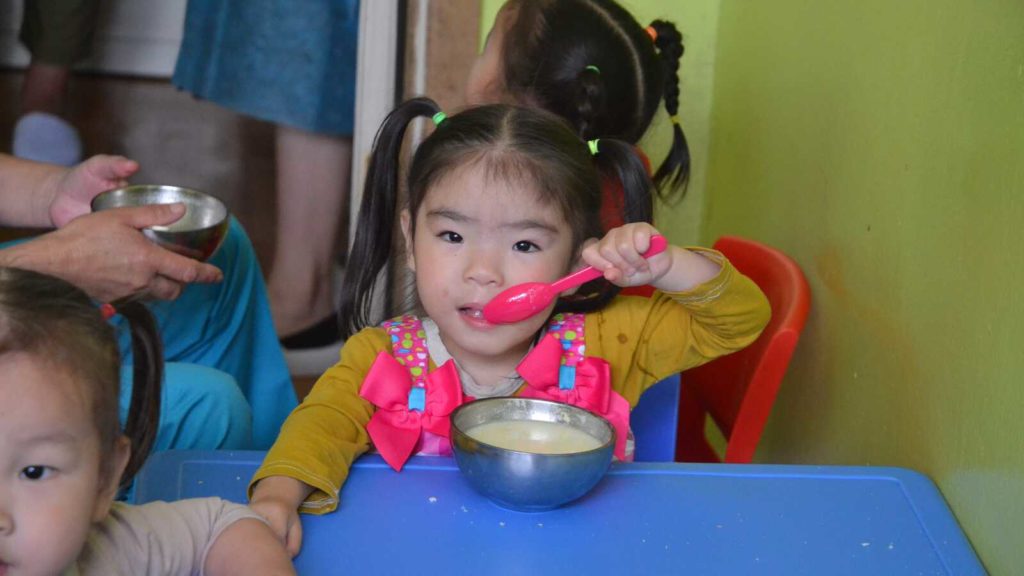
Support Holt’s Child Nutrition Program
Your gift to Holt’s child nutrition program will provide life-changing nutrition and feeding support to children living in poverty and in orphanages around the world.
